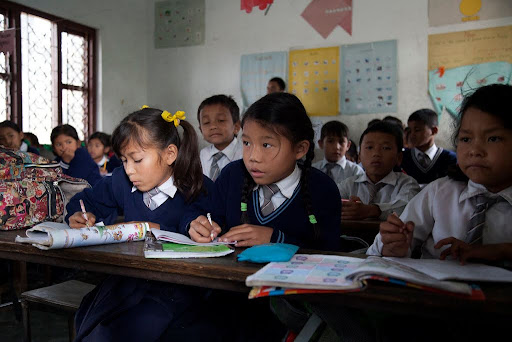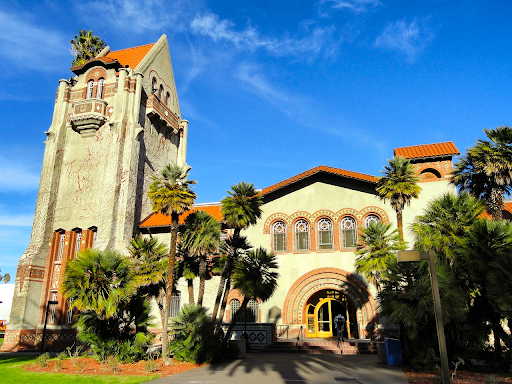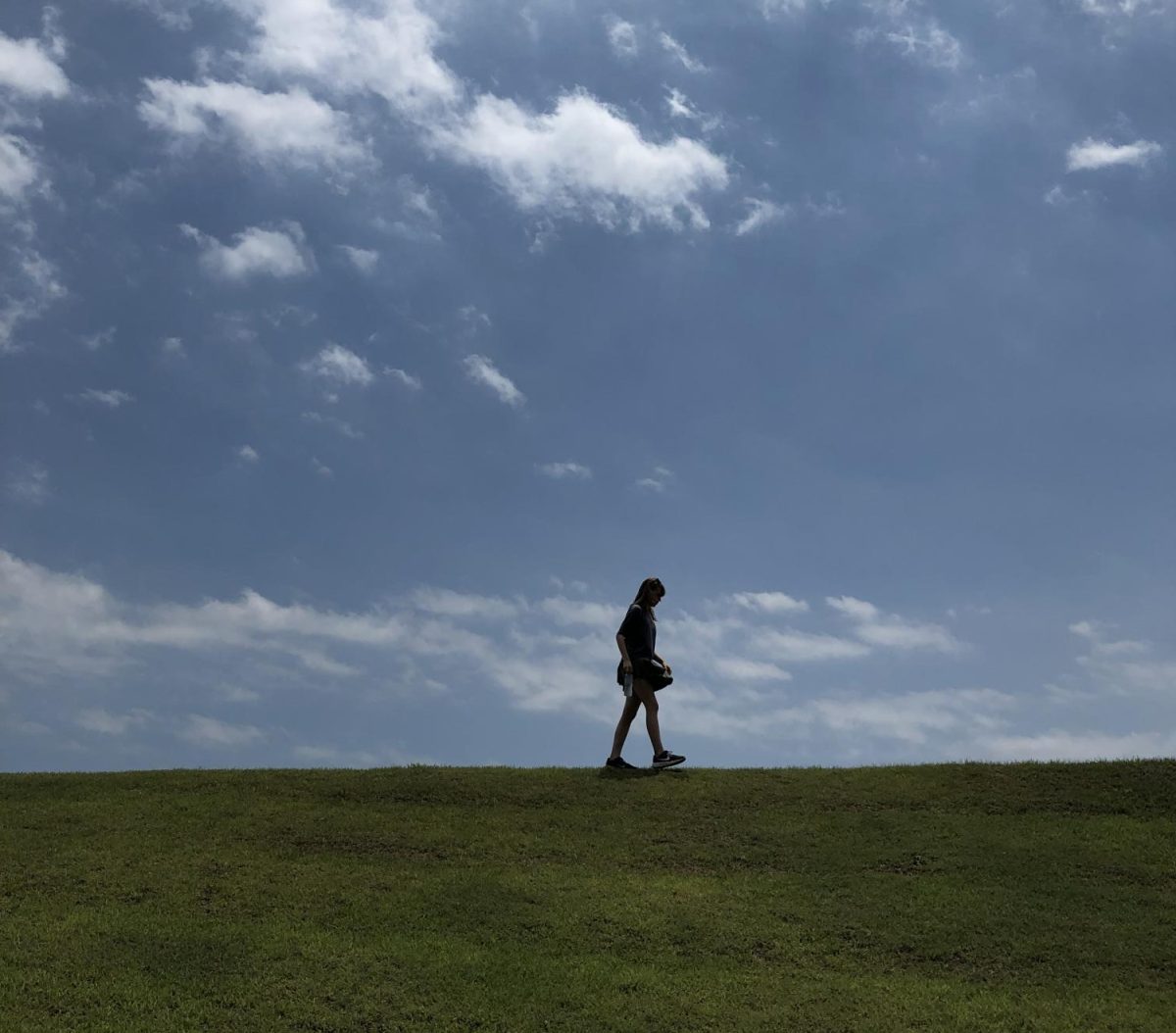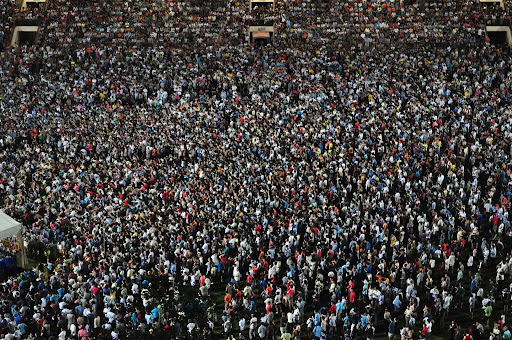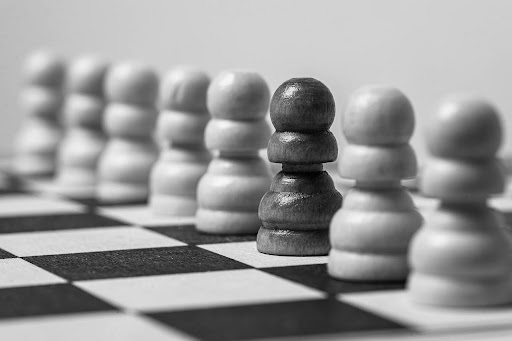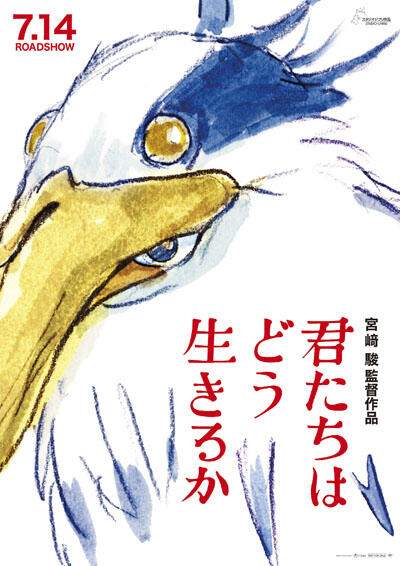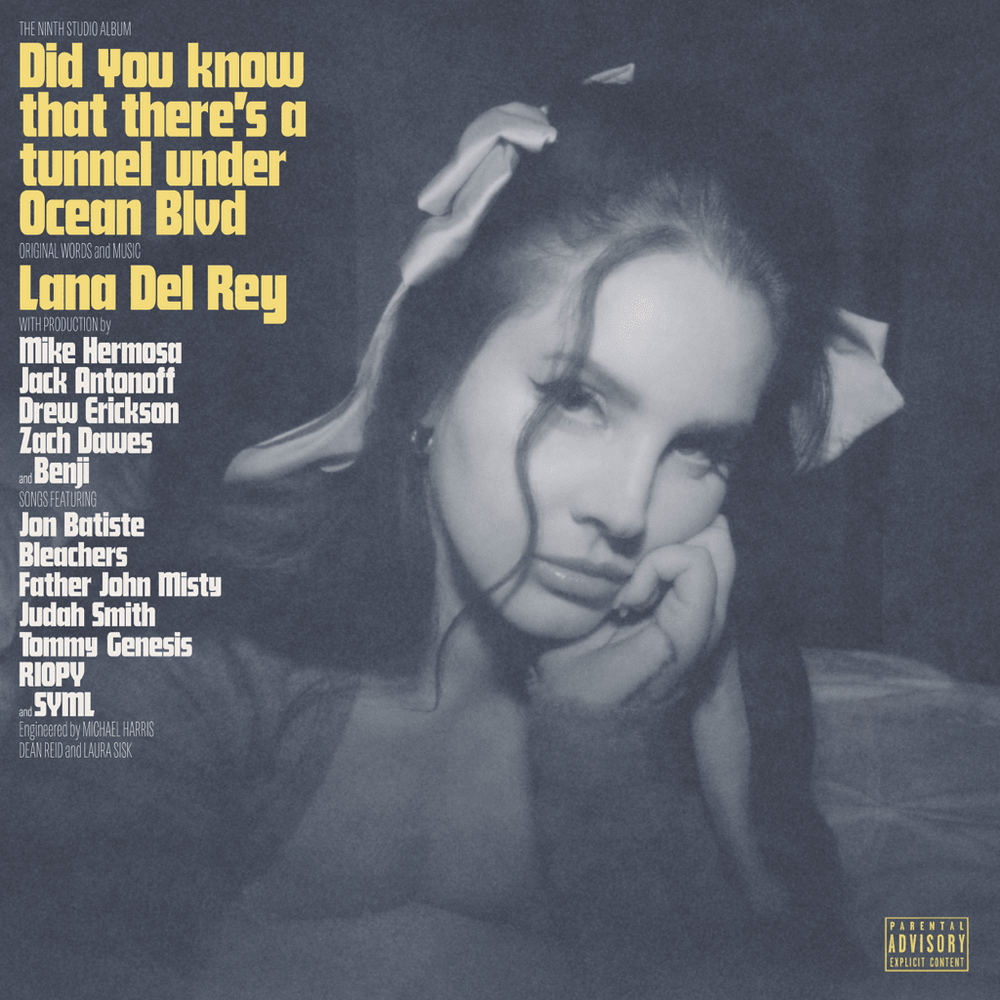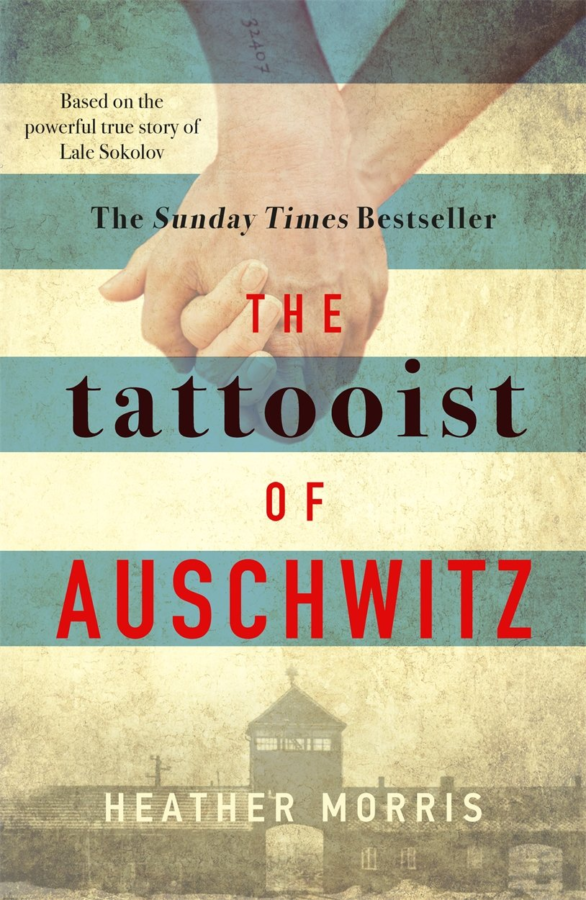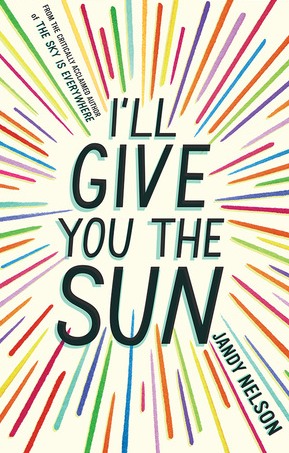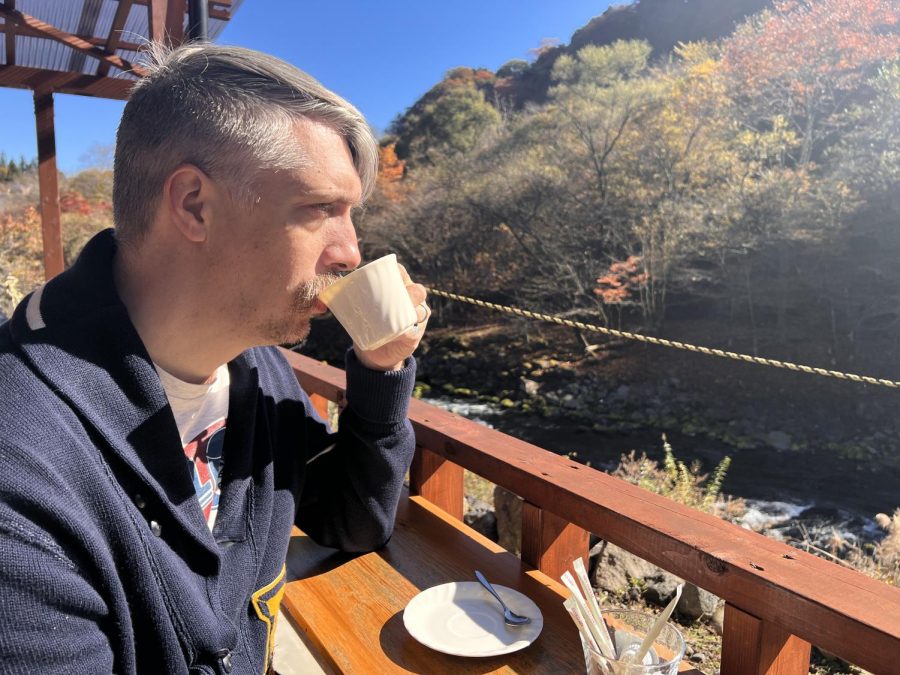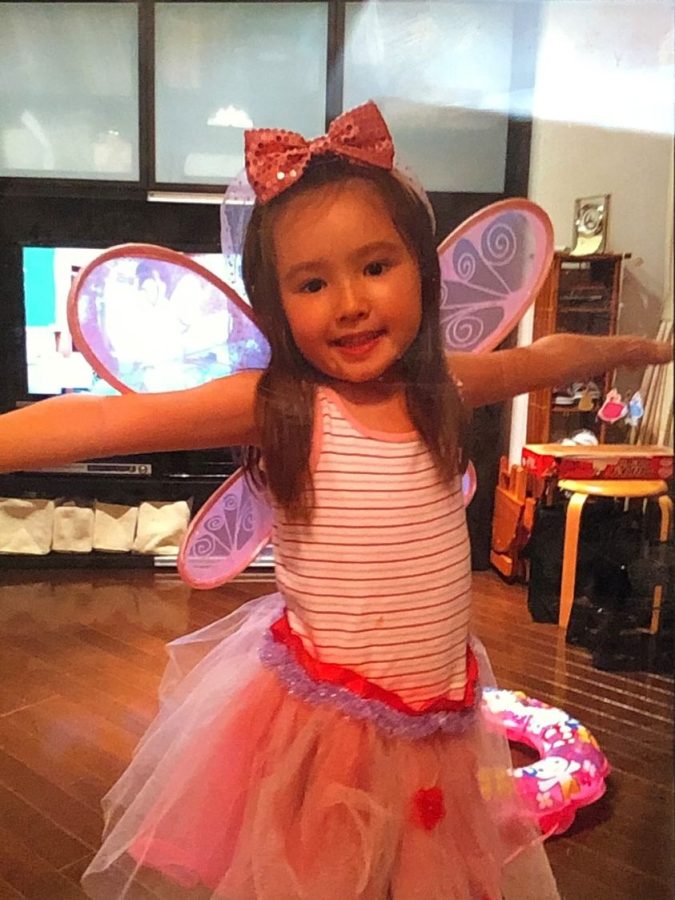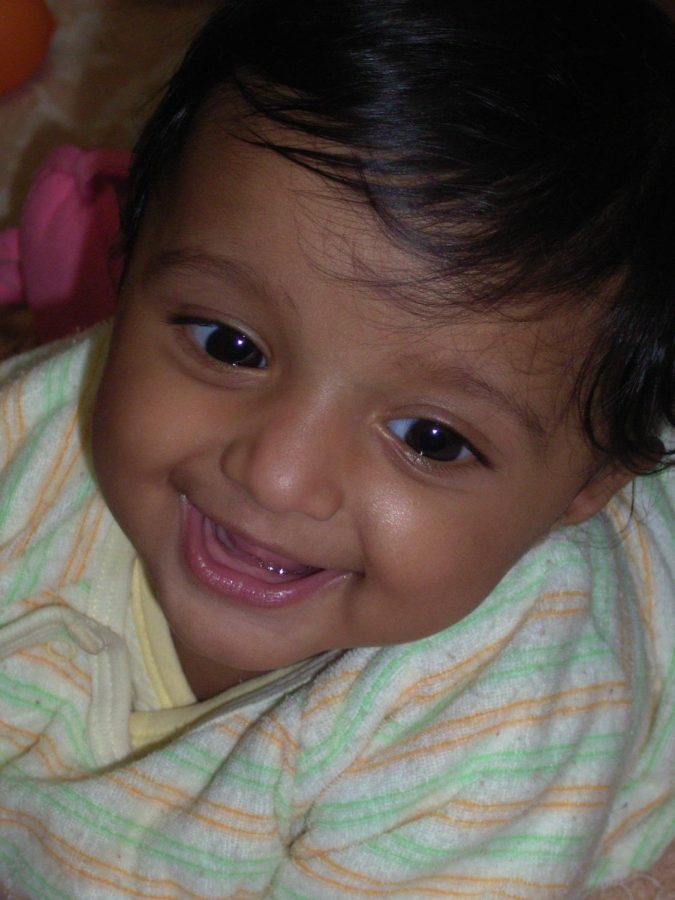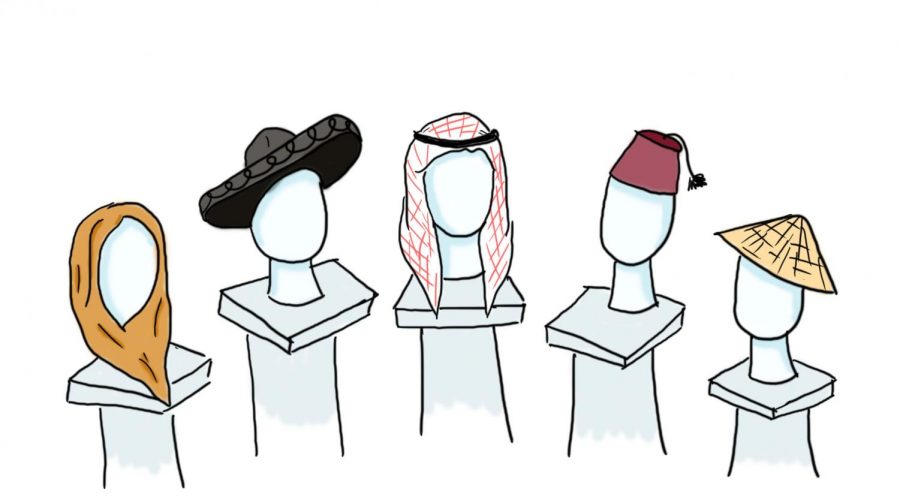What cultural appropriation means to me
Cultural appropriation. As an Asian American, I have seen and experienced this so many times. Over time, I had to learn how not to cringe when I saw it happening in everyday life. It happened when I went to supermarkets and saw “Japanese sushi rolls”, when I encountered a sumo costume at an annual school Halloween celebration, and when I would go shopping with my friends and saw “kimonos”. The first time I experienced it, I remember the feelings of anger, confusion, the questions of “is this really okay?” and “why?”
Cultural appropriation can apply to many different situations, all with one commonality: the degradation of a group of people. Wikipedia straightforwardly defines cultural appropriation as “the adoption of elements of one culture by members of another culture.”
Often, people mistake the concept of cultural appropriation for cultural appreciation. The major difference is that the former degrades a culture by basing things on stereotypes and caricatures. The latter shows appreciation and honor for a culture based on educated concepts. An example of the former is a pop star wearing a stereotyped geisha outfit that resembles nothing close to a real kimono. An example of the latter is a tourist in Japan taking part in a kimono wearing session, with professionals dressing her in a traditional kimono. I have encountered both of the examples, with Katy Perry’s infamous 2013 American Music Awards performance, and seeing foreigners visiting Japanese temples and taking part in kimono dressing activities.
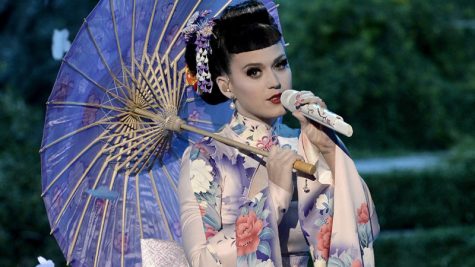
I have always detested the so-called “Japanese sushi” dish, California rolls. Popularized for its colorful cross-section and “all-Californian” taste, many Americans would regard it as their favorite “Japanese” dish, as did many of my friends in the U.S.. Though I have nothing against adopting food and changing it to fit another culture, I have found myself getting frustrated that this distasteful food was being portrayed as “traditional Japanese sushi.” A California roll is what you would imagine if California was wrapped in rice and seaweed–avocado, crab, and cucumber. Avocado, representing the trendy and posh side of California. Crab, representing the coastal beaches with people sunbathing in bikinis. Cucumber, representing the big craze with all things “healthy” with constant body and beauty trends.

During a typical Tuesday lunch break at school, one of my friends had brought California rolls for her lunch. As she talked about how much she loved California rolls, she exclaimed to me, “What’s your favorite type of roll?” I answered, “I love the makizushi (巻き寿司)!” My peers glanced at me with question marks in their eyes. “It’s egg, cucumber, a pink flavored sugar called denpun, and pickled vegetables, wrapped with seaweed.” As I swiveled my head to see their reactions, they looked at me with utter dismay, wrinkling their noses as they imagined what I had described. Trying to help them understand what I meant, I said, “That’s what real sushi is!” The only reply I got was, “that’s not sushi, this is,” while pointing to the California rolls, which at that point had crumbled apart. As I looked at the crumbled rolls, I thought, “Who would be dumb enough to turn the rolls inside out?” The whole point of the seaweed is to act as a barrier between you and the food, to make eating easy. Another point that crossed my mind was, how dare they tell me what’s sushi is or isn’t? I had grown up in Japan for 9 years with a Japanese family. Of course, I would know what real sushi looked and tasted like.
Another time I faced cultural appropriation was when I went shopping on a Saturday at South Coast Plaza, a SoCal mall known for having big-name brands that are popular with teenagers. When my friends and I walked into Nordstrom, I stumbled upon the latest clothing trend––kimonos. These were NOT the kimono I had grown up with and loved so much. The kimono I knew and loved were created from a very detailed, step-by-step process that took time and dedication. Kimono are made from silk, which are harvested from silkworms that grow for three weeks. Then, the silk is hand-dyed and woven using a hataori (機織り), a traditional weaving machine. This intricate and historical art has been passed down many generations and means so much to Japan and its people. The “kimonos” in the mall held no resemblance to a real kimono. These “kimonos” were made of cheap polyester and satin fabrics, mass-produced in China, and had loose threads sticking out. Unlike the traditional kimono that is floor length, these ‘kimonos’ were above the knee with cheaply made tassels strung from the bottoms. Colors and patterns varied from bright neon colors to chevron designs, but none of them represented the beautiful patterns and colors (from hand-made dyes) to be found on traditional kimono.
I wished that I could say something to show my disdain for this disgraceful item. But, I knew that if I were to say, “you know, this isn’t really a kimono,” they would have replied with, “well, this is a kimono to us,” showing that what a kimono truly was didn’t matter. This was how America viewed kimonos, and that was how it was going to be. The same thing I had worn for temple visits as a child, special coming-of-age ceremonies–shichigosan (七五三)–photoshoots, and summer festivals–natsumatsuri (夏祭り)–was now being presented to Westerners like this. They had no idea of the historical significance behind what the piece of clothing meant, and how much anger and pain it brought to me to see such an item being called a kimono. As my friends swiped this trendy item off the shelf, I grabbed one as well. As I changed into the fake kimono, I caught a glance of myself in the mirror, putting on something that I so distinctly hated and had turned my nose in disgust towards upon seeing. I saw a reflection of myself, quietly struggling with my new identity as an American, where everyone ever so quietly dismissed my home country and culture. I questioned whether by wearing this so-called kimono, was I taking part in the cultural appropriation? Am I appropriating my own culture?
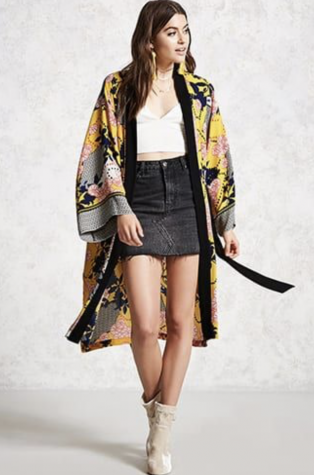
As I walked out of the dressing room, my struggle and anger covered with a happy facade, my friends exclaimed, “It looks super cute! You should buy it!” I faced internal turmoil, of choosing whether I should really buy it. I hid my anger and turmoil by saying that I didn’t feel like I looked good in it, and decided not to buy it.
Halloween costume shopping is another common place where cultural appropriation can be seen. I would always come across geishas, ninjas, and sumo costumes, none of which truly represented my culture. After purchasing my own costume, I would say a silent prayer, hoping that no one at my school would be wearing it at my school’s annual trick or trunk. When I approached the gates of school on Halloween morning, and started walking towards the school steps, I dreaded what other people might be wearing. Turning around the corner, I saw a small crowd of people in a circle, and I ushered to see what everyone was talking and laughing about. In the center there were two classmates wearing an inflatable sumo wrestler costume running around, and creating laughter as they tumbled about. Shame washed over me, as I struggled to hide my red face. Of course, I hadn’t done anything to embarrass myself, but at this point, my culture was embarrassing me. As my friends continued to laugh at the costumes, a classmate asked me, “Do they really make fat, naked men wrestle each other?” Unsure of how to answer I replied, “Yeah, I guess so.” I found no humor in the inflatable abomination of a costume. Many non-Japanese people find the concept of overweight men who are mostly naked, except for a loincloth, wrestling, to be humorous. However, they don’t understand that the sport is a deeply rooted part of the culture, that dates all the way back to the early Edo period. To see my heritage and culture being portrayed in such a fashion made me want to hide who I was and where I came from as those around me turned my culture into a laughingstock.
Upon coming to Sacred Heart four years ago, I was amazed at how one could take on another culture without appropriating. After all, I had only seen cultural appropriation, not cultural appreciation. My mind that had learned not to cringe when coming face to face with cultural appropriation, got to experience cultural appreciation for the first time on Japan Day. As I entered the classroom, I saw many of my classmates from many different backgrounds wearing the traditional summer yukata. Not only were they wearing a real yukata, but they were also wearing it the correct way! The folding was done correctly, with the left side over the right and an extra fold being made, called hashiori, near the waist. All the obis were tied correctly, in elaborate bows. Not a single fake ‘kimono’ was in sight. It excited me to see those from so many different backgrounds understanding the importance of the clothing to Japan. Later in the afternoon, we took part in the traditional bon dance. As I waved my hands forwards and backwards, I watched the swirling colors and bows around me, and for the first time felt like my culture was being portrayed accurately to people of all backgrounds. This was the first time I had seen cultural appreciation, and it brought a sense of hope that this world was beginning to accept and even take on different cultures.
Later that year, I attended my first Family Festival, an annual event held in March that celebrates cultures from all across the globe. As I began walking up the hill, I noticed a string of flags from around the world, all unique and colorful to their individual countries. Walking into the playground, the scents of yakisoba, Indian curry, American burgers, Mexican salsa, glass Thai noodles, and fried Chinese rolls mixed. I was astounded by the diversity of food and representation. Not a single California roll was in sight. Not only did the food taste amazing, but the dishes were also authentic because they had been cooked by individuals from that respective culture. Just by looking at those working in the booths, you could see the amount of effort it took the mothers to make the delicious food as sweat dripped from their foreheads. By eating authentic dishes that I couldn’t find elsewhere, I got to appreciate all the different cultures even more.
After many years of struggling to find my own sense of cultural identity, Sacred Heart finally became the place that told me, “Your culture is acceptable and should be respected, not just your Japanese, or just your American side. Both have a place here, and both contribute to the diversity.” No longer was I ashamed of my Japanese bento lunches, constantly trying to fit in, changing myself for those around me, or cringing when seeing my culture displayed inaccurately.
An important component of cultural appreciation is that you are not taking part in that action just to seem “cool.” You are giving a voice to cultures and people who are often shoved aside and misrepresented based upon stereotypes. It is a huge step in the right direction if people can borrow or implement aspects of a different culture after learning about the discrimination the people faced in the past, as well as learning more about meanings and traditions from that culture. It’s important for more cultural appreciation to occur as it helps to eradicate stereotypes and misrepresentation in society.


